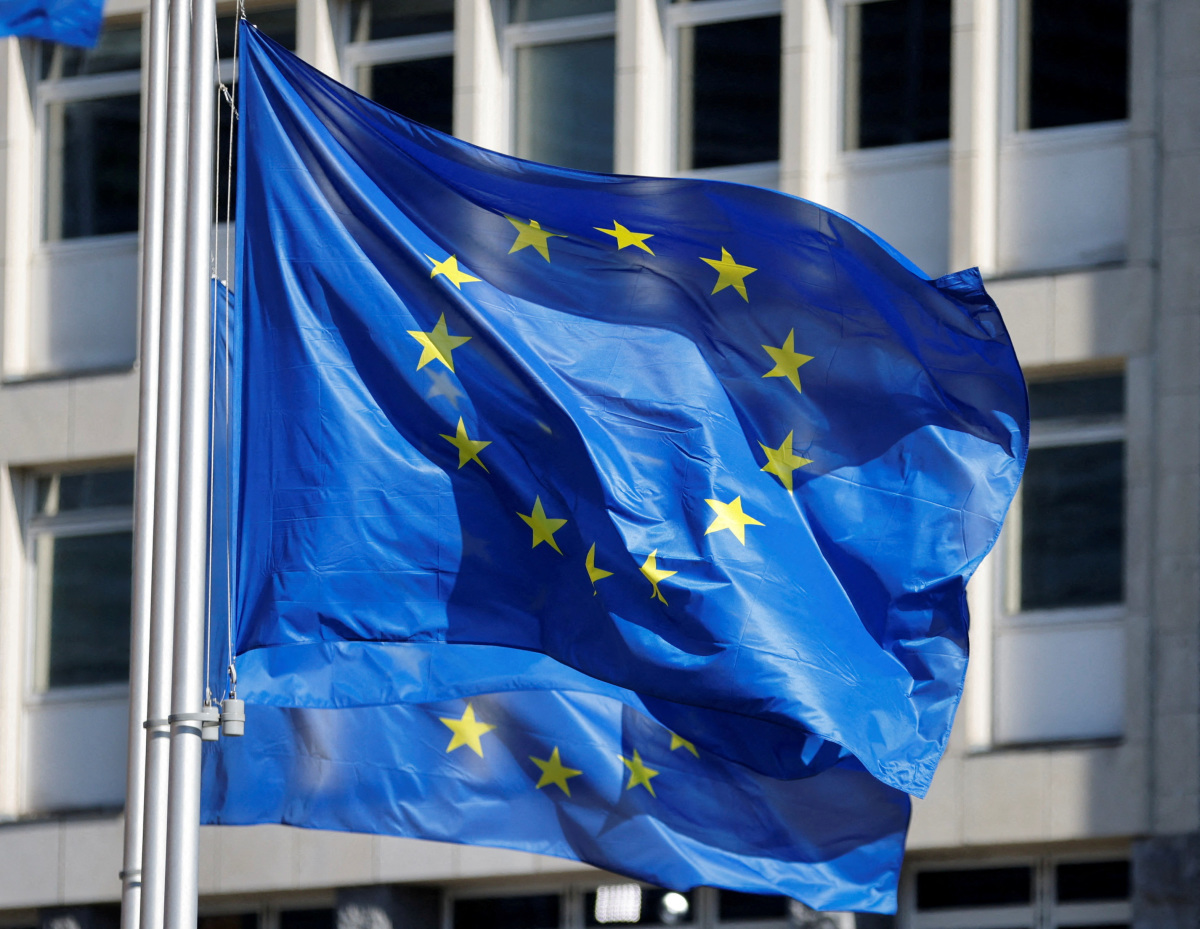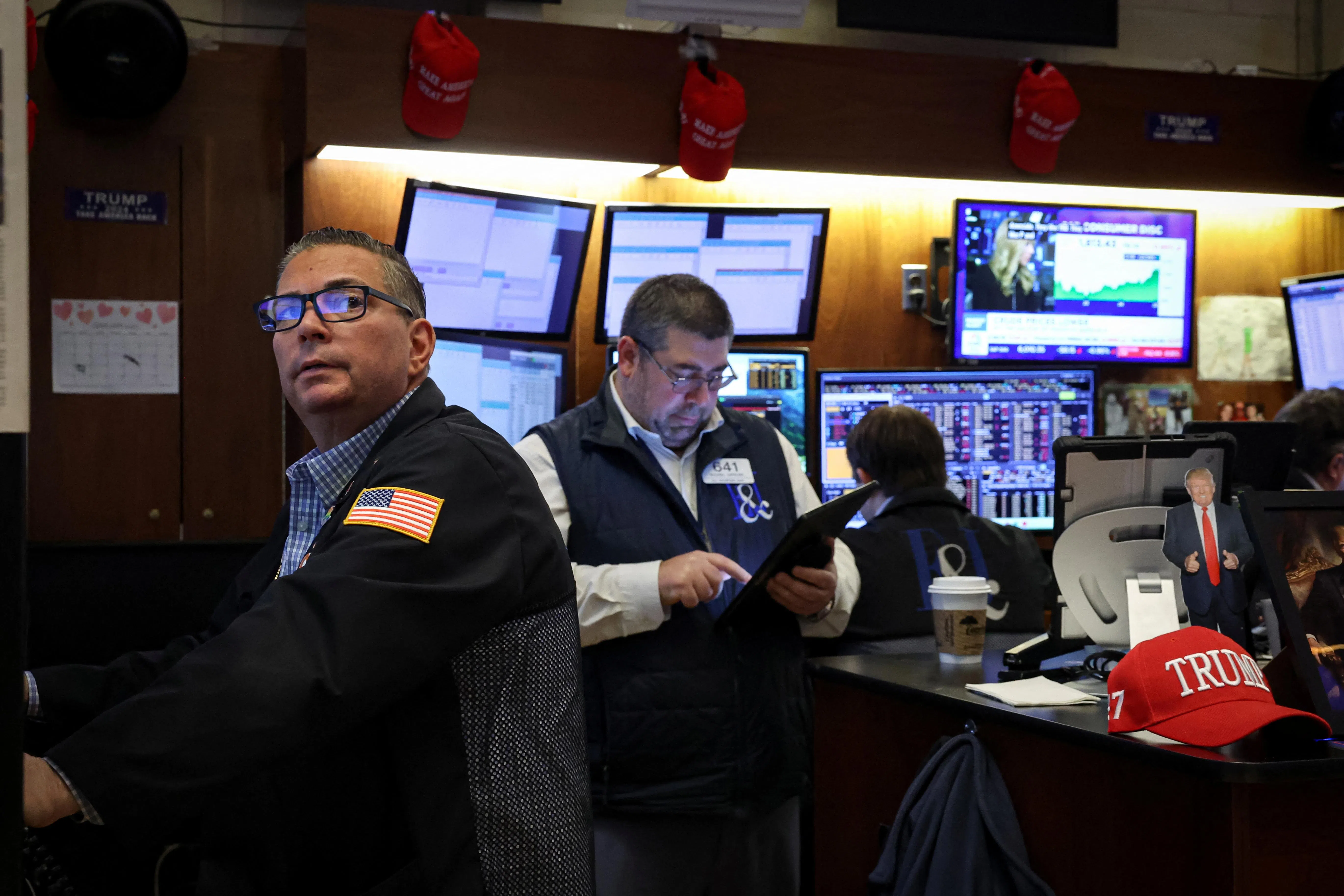[SINGAPORE] The US Federal Reserve does not want any part of US President Donald Trump’s trade war, and it is determined to sit on the sidelines until the extent of the war’s casualties becomes clear.
As widely anticipated, the Fed left its benchmark rate unchanged in a range between 4.25 per cent and 4.5 per cent. There was a revelation, however. For months, markets had assumed that Powell’s talk about risks being evenly balanced between full employment and price stability was the Fed’s way of saying: “We will cut rates, just a little later this year”.
On Wednesday (May 7), he made it clear that the rate-setting committee truly did not know what would come next: a collapse in the jobs market because of tariff fears causing a demand slowdown, followed by rate cuts?
That was possible, he acknowledged – a spike in inflation because of exporters passing on tariff expenses to US end users, followed, perhaps, by a rate hike to contain inflation?
Powell also raised the possibility that inflation and unemployment are rising at the same time because of a double whammy from tariffs that would leave the Fed in the impossible position of choosing between the two sides of its dual mandate. He made it clear that the Fed was discussing this possibility in detail.
“Absent a decisive turn in US economic data, the Fed seems comfortable remaining on hold indefinitely,” said economists at brokerage BNP Paribas in a note to clients. The BNP Paribas economists expect the Fed to keep rates on hold through the end of the year, unlike most Wall Street brokerages.
BT in your inbox
Start and end each day with the latest news stories and analyses delivered straight to your inbox.
“If it were obvious that the next move is a cut, Powell would have cut already. The problem is that this isn’t obvious at all.”
Sure enough, Powell’s tone in the press conference was neither hawkish (leaning towards a hike) nor dovish (leaning towards a cut). His tone was weary and bewildered.
Weary, when journalists asked Powell about the pressure exerted on him by Trump. The president’s demands don’t “affect doing our job at all”, snapped Powell. No matter what the president or other critics say, “we are going to use our tools to foster maximum employment and price stability for (the) benefit of the American people”.
Powell was testy when asked why he hadn’t yet met with Trump in his second term. It was not his place to invite himself to the White House, he indicated. He was even testier when asked to respond to Trump’s criticisms. His statement about the Fed putting its collective head down was as far as he wanted to be provoked by Trump’s complaints.
It was clear from Powell’s dry manner as he responded to questions about congressional legislators.
“I’m not going to tell them how to do fiscal policy, any more than they should tell me how to do monetary policy,” he said, adding that he was tired of politicians telling him how to do his job.
Powell sounded bewildered when talking about the Fed’s plans. He made it sound like the central bank was trying to prepare a complicated meal in a ship’s galley that was under cannon fire.
“There’s a great deal of uncertainty where tariff policy is going to settle out, and when they do settle out what it will mean for inflation rate and economic outlook,” said Powell.
Nothing was yet certain about the “scale, scope, timing and persistence of the tariffs”, he added.
Even the good news sounded like bad news. The Fed chair reiterated comments from previous meetings about the resilience of the US economy.
Outside business- and consumer sentiment surveys, as well as technicalities like a surge in imports that weighed on gross-domestic product in the first quarter, all the data was pointing in the right direction, Powell said. Unemployment is low and holding at a steady rate, and layoffs were still muted.
That strength meant that the Fed was in no hurry to cut rates, he said.
Preemptively cutting rates was not an option, even if the path of the economy were clear, he said, because, if tariffs are kept at their current levels, it would almost certainly cause another bout of inflation.
“Now, we have inflation running above target, and the expectation of upward pressure on inflation,” said Powell. “We’ve also got forecasts of a weakening of the economy, and some have recession forecasts. It’s not a situation where we can be pre-emptive.”
One brokerage is convinced that the Fed will not have to wait and see very long for evidence of the trade war’s damage.
“If data show a deterioration in late May or early June, both markets and the Fed will see this as evidence that the tariff chickens are coming home to roost,” said economists at brokerage Standard Chartered.
“A cut would leave the Fed without responsibility for the downturn, rather than being seen as facilitating a recession,” they said.






